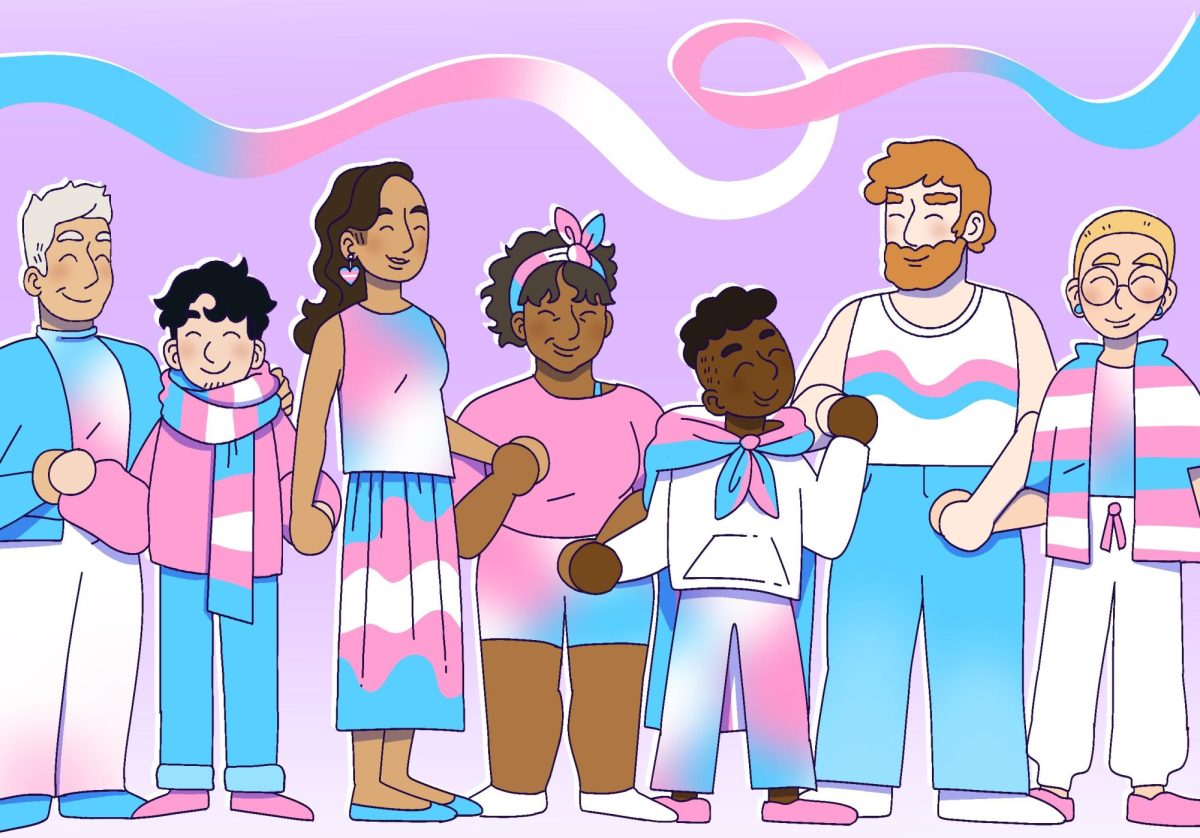I can’t be the only one whose Instagram reels feed was overwhelmed by 2010s nostalgia just a couple of weeks ago. At its peak, Kyle Gordon’s “We Will Never Die” was inescapable, with seemingly every niche of the internet needing to weigh in on their cringeworthy or prescient stylings from ten years ago.
The focal point of this trend was the obsession with millennial burger joints. The internet collectively came together to make fun of the presence and legacy of these restaurants that began in the 2010s.
We continually lambast them for their overpricing, faux-hipster ambiance and mediocre, needlessly complex recipes. At the same time, we revel in their aesthetic timeliness, expressing a removed nostalgia for stripped wood, mustache motifs and carefree folk overtures.
The satire of the millennial burger joint has only increased in fervor and decreased in originality since its first appearance. Its focus has shifted as well, evolving from a criticism of a niche hospitality archetype to an all-out exploration and revisitation of millennial hipster culture.
Many have remarked upon pop culture’s recent fixation on millennials. Whether it’s the resurgence of indie sleaze, our collective rewatches of Lena Dunham’s “Girls” or the glorification of 2014 Tumblr fashion, we’re increasingly nostalgic for a period that wasn’t all that long ago.
I suspect a full-on hipster revival is in the works, not that it isn’t already in some circles. A twee renaissance — adjacent to the millennial burger joint of it all — is supposedly already happening.
It’s only a matter of time before it becomes a serious aesthetic reclamation. We saw this with low-rise jeans, skinny jeans, the trashy Y2K aesthetic and now Isabel Marant and other 2010s fashions that most of us would’ve never dared wear just a year or two ago.
As our collective fascination with this particular aesthetic niche both intensifies and broadens, the original irony will eventually be lost in translation. The opposite of love is not hate, but apathy. Whether we love or hate these obsessions, they will eventually subsume us. While we claim to gawk at them from afar, our gaze only intensifies and an unexpected fondness often festers. Short-form trend forecasting and satire seem to lend themselves exceedingly well to a brand of stylistic Stockholm syndrome.
We cannot be trusted with ideas put into our lexicon organically. Regardless of the degree of seriousness or lack thereof behind them, everything will come back to bite.
This is because of our tight grasp on anything that approximates meaning. In our postmodern internet, we perpetuate and resurrect what we are most repulsed by because the line between love and hate is growing thinner by the day.
More importantly, we can’t differentiate very well between the two. We overthink and pseudo-intellectualize even the most trivial matters and aesthetic movements (à la bimbo core) because anything can be mined for profit and content.
We’re all irony-poisoned, whether we want to admit it or not. It seeps into our brains and bloodstreams, it’s inseparable from our current internet and, by extension, the world we inhabit.
We’re overwhelmed by imagery and concepts, both new and old, on social media due to the sheer volume of content it allows for the production and publication of. We’re quite simply running out of ideas, leading us to amalgamate unrelated, absurd and nonsensical concepts in the name of innovation because we cannot keep up with the flood of information we’re simultaneously creating and consuming.
Ruth DeFoster, an assistant professor who teaches media and popular culture at the University of Minnesota, said the speed at which memes and cultural phenomena occur has sped up exponentially since the beginning of the internet, in that trends take mere weeks or days to cycle through.
“You’ve already seen every iteration of jokes that could be made about it,” DeFoster said. “It’s already been reposted. It’s been commented on. It’s been liked, right? It’s been shared, and by the time you’ve seen it 50 or 60 times, you’re tired of it. But for us, those 50 or 60 exposures would have been spread out over six months or a year.”
Trend cycles, as we know them, have transformed right under our noses thanks to the supersonic speed of the internet.
They are now less cycles and more superspeed conveyor belts, exponentially increasing in speed and sucking us all in. They operate like whirling blades, moving so incredibly fast that they look complacent, in that the forces of culture move in ways that are now undetectable and indecipherable to the naked eye or casual observer.
Some hypothesized the shortening of the 20-year trend cycle a few years ago, purporting that it would continue to shorten and collapse within itself forever, but is it possible that through its publication and proliferation, it’s become a self-fulfilling prophecy? To stay one step ahead, some are going to the lightly expired fashions of the recent past.
It’s really hard to look particularly out of place on the internet because everything seems to have its own niche and reference point. The more saturated the internet becomes, the more it speeds up until everything is referential to anything and everything else. Everything is derivative, nothing is original.
Jolena Davannavong, a second-year student at the University, said she’s observed more style regression in part due to internet oversaturation.
“I noticed that as social media has expanded, I noticed that we’ve been going back into older fashion trends and more of a minimalistic vibe as well.”
As soon as another trend or concept bites the dust, it springs back up again. The zombies of trends’ past are becoming more and more invincible, having been supercharged by the corporate enterprises that just throw anything at the wall to make a profit. In this model, innovation occurs through mere happenstance and luck.
The Frankenstein monster that is boho chic arose before its gravestone was even completed. The beginning of this year saw calls to bring back 2020 alternative and e-girl styles before they even went cold. The fast-fashion vultures circle over us all, waiting for their next meal because in this economy, it’s what’s required of us.
We’re unknowingly harvesting the parts for the next big thing. We wear them like a crumbling exoskeleton made of lead, polyester and rayon. Fashion isn’t sowing the seeds to its destruction because we outsourced that a long time ago.
We are allowing millennial style back into existence. We have nobody but ourselves to blame, so we may as well sit back, enjoy our aioli burgers and twirl our collective mustaches.
The snake that is trend forecasting is eating its head. We should bite the hand of the market that feeds our strange obsessions.















Terri
Apr 4, 2025 at 4:58 pm
Great piece of writing. Cheers!